Burlington's public safety crisis: What officials, businesses are saying
Since the pandemic, public perception of Burlington as a safe city has plummeted.
And not without reason. Certain types of petty and violent crime, drug overdoses and homelessness in the Queen City have all skyrocketed within the last few years.
Burlington's reputation has taken such a hit that both the Democratic and Progressive nominees for mayor have listed public safety − or "community safety" Rep. Emma Mulvaney-Stanak, the Progressive mayoral candidate, prefers to call it — as one of their top priorities.
Few people have been more impacted by the myriad crises facing Burlington than downtown business owners, who are essentially on the frontlines.
"Concern has never been higher," said Mark Bouchett, who since 2004 has owned and operated Homeport, a home furnishing store located at the Church Street Marketplace, the heart of downtown Burlington.
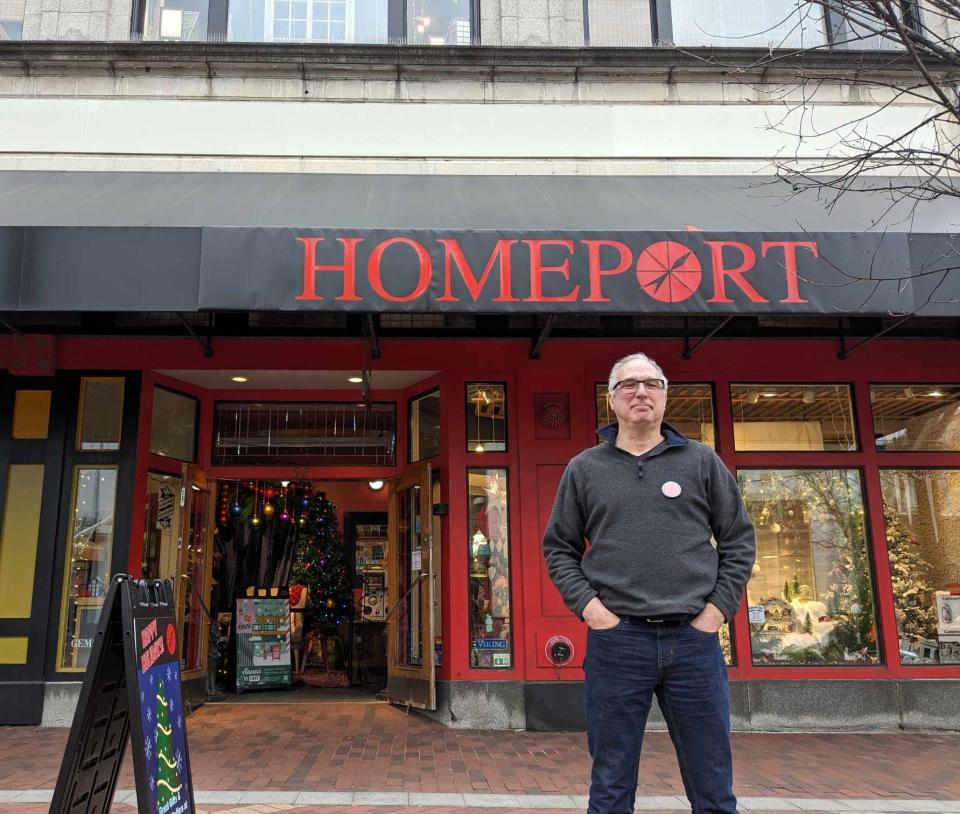
That fear has been, in many ways, more devastating to businesses than direct criminal actions, Bouchett said. Due to the bad press, fewer customers patronize Burlington's downtown stores and business owners have found it harder to retain and hire staff. As a result, some businesses have had to move locations and others shutdown completely.
"I feel helpless ...," Bouchett said. "It's way out of our wheelhouse as merchants, so all we can do is call on others."
But how did Burlington get here? And what can be done to restore Burlington's reputation as a safe city?
Data shows spike in Burlington crime
For instance, in 2022, residents witnessed the worst gun violence in Burlington's history with 26 gunfire incidents, including four gun-related homicides. For several years prior to 2019, the city averaged only two gunfire incidents per year. Retail theft has also risen, reaching a 10-year high of 467 incidents in 2023, over 100 more than in 2022 and the first year since 2016 to break 400 incidents. Business owners say that in addition to increased frequency, retail theft has become more open, bold and detrimental to the livelihood of business owners.
Like retail theft, homelessness, substance use and drug dealing are much more visible problems. Overdoses have tripled since 2020, with 306 incidents this year alone. Homelessness in Chittenden County surged from from 261 unhoused people in 2020 to a decade high of 700 people in 2021, according to the state's Point-in-Time numbers. Last year's count, albeit lower, dropped by only 32 people.
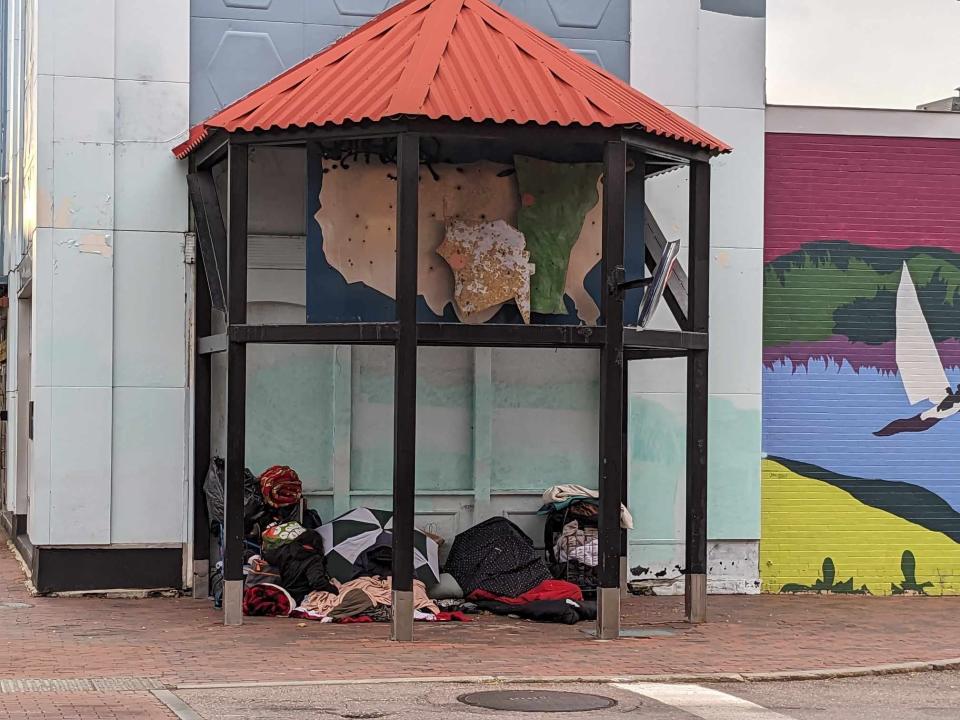
Rebuilding the police force
Many have looked toward investments in the Burlington Police Department and other security measures as a potential solution for safety concerns.
The department currently has 58 active duty officers, just over half of its historic average pre-2020, when the Burlington City Council voted to reduce funding and cut the number of officers in response to the death of George Floyd, a black man who was murdered by a white police officer in Minnesota.
The council has since raised the officer cap to 87, but critics say that even if all the positions were filled, the number would still be insufficient and that a diminished police force is one of the reasons the crime surge has been harder to squash.
Burlington Police Chief Jon Murad, one such critic, described restoring the police force to pre-2020 numbers as the "most important piece" to improving safety in Burlington.
"We're not meeting the public's expectations like we once did," Murad said.
The low officer count has significantly reduced the department's ability to respond to everyday crime, such as car theft, which has seen a drastic increase from an average of 51 incidents between 2014-2020 to 342 incidents in 2022 and 209 in 2023, he said.
"These crimes have real victims," said South End City Councilor and Democratic nominee for mayor Joan Shannon, who served as one of three dissenting votes against defunding the police in 2020 and has been adamantly pro-law enforcement during her mayoral campaign. "It affects people's livelihoods. Cars have been stolen with work tools inside. But we don't have enough police officers to address all the issues happening. They have to prioritize."
Bouchett also attributed the spike in crime to "largely an enforcement issue" and argued the City Council made a terrible mistake by defunding the police.
"There's something in the air that you can get away with crime now because there's not a lot of police," he said.
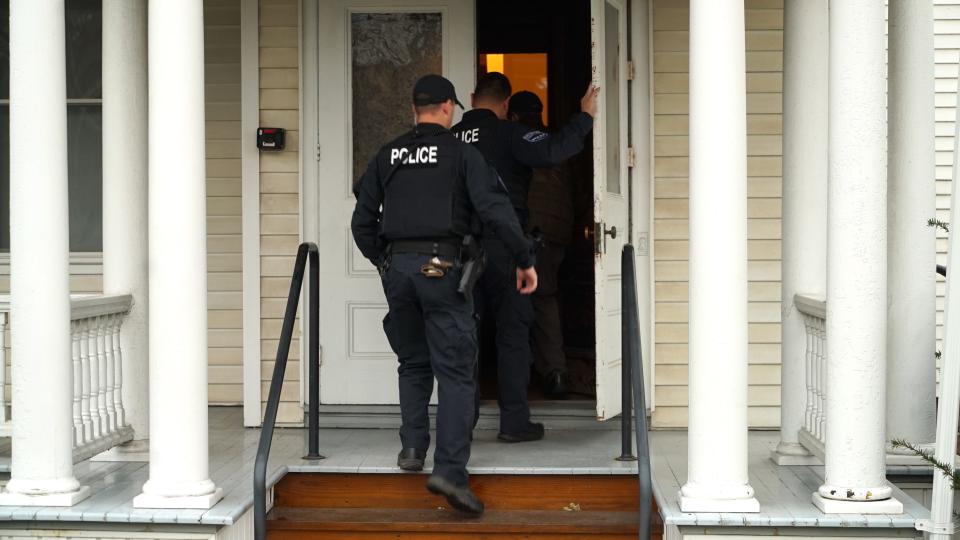
'A place for them to go'
Although rebuilding the police force is a popular solution among many Burlington residents, people interviewed acknowledged that it will take more than just increased law enforcement presence to solve the city's multi-faceted safety concerns.
"A lot of these crimes are driven by things that are necessarily about finding a solution through handcuffs," said Murad, who described reducing homelessness as vital to safety improvement efforts. "Not because being homeless is a crime, but the condition does drive people to commit crime, and it's associated with crime."
As a business owner who frequently sees unhoused people panhandling and camping out on the Church Street Marketplace, Bouchett said he's noticed that many of them just don't have anywhere else to go.
"If there are no facilities, the streets is where they will be," Bouchett said. "Both the public and the disadvantaged want to be downtown. If there is no place for the the disadvantaged, I'd be hard-pressed to see a solution."
The solution to this problem, Bouchett said, is for the state, county and city to join forces to "provide space for folks to be," whether that entails housing units or mental health and rehab facilities. Merely providing Narcan to prevent overdoses is not enough anymore, he added.
Shannon also called for more treatment facilities, which she described as a form of housing, and more accessible and affordable care. She added that sometimes patients only receive two weeks of treatment because that is all the state will pay for.
"Where's the evidence that's all what people need?" Shannon said. "We also need to support people coming out of treatment. We can't let people out and then back into homelessness. How could any of us be successful?"
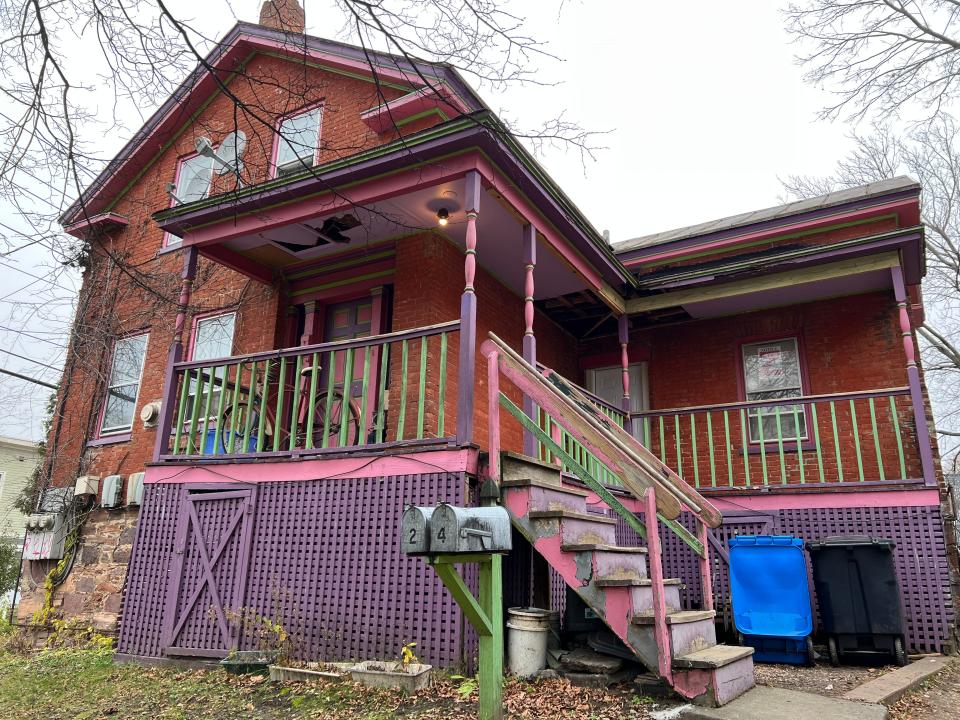
'A bigger issue than how many people are in the police department'
Mulvaney-Stanak cautioned Burlington residents from relying solely on police officers to improve safety in the Queen City.
"It's a much bigger issue than how many people are in the police department," she said, adding that an over-reliance on police "misses the complexity of the situation" because people in the throws of mental health and addiction or who struggle to meet their basic needs "can't make good choices."
"We can't rely on a crime and punishment response," Mulvaney-Stanak said. "That is not the right direction the community should go in."
This is why she prefers to use the term "community safety" over "public safety," as the former places responsibility on the community to take care of their own, rather than law enforcement, which she believes has become synonymous with the latter term.
Mulvaney-Stanak acknowledged policing does have its place, especially if the focus is on using officers strategically rather than simply hiring more. For instance, both police and residents can deter crime just by being present, she said.
"The mere presence of others deters people from engaging in negative behavior," Mulvaney-Stanak said. "When there's more engagement downtown, it discourages bad behavior."
Overall community involvement, in tandem with policy changes like more seamless coordination between social service professionals and non-profits, will make everyone safer, she said.
She also encouraged residents to find a role to fill.
"That's as simple as going downtown to support local businesses, increasing community visibility, understanding what an overdose looks like or checking to see if someone's breathing or not," she said.
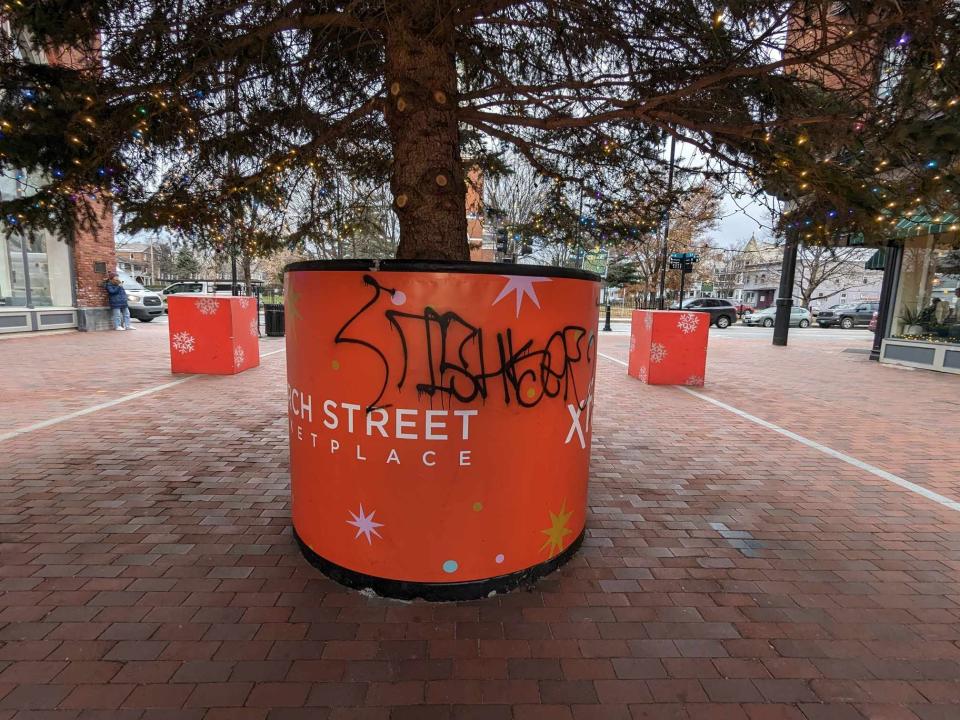
Is Burlington as unsafe as people say?
Despite what many residents might believe, Bouchett says no. But does that mean concerns are unwarranted? Also no.
"There's a distinction to be made between perception and reality," Bouchett said. "The perception is absolutely based on the change of tone of our downtown. I think that it's exaggerated but it is based on realities on the ground."
The optics are certainly poor − Bouchett said he's witnessed Burlington's streets go from relatively clean to covered with "mountains" of needles in only a few years. Even so, he maintains that safety overall has not decreased in downtown Burlington, at least not yet.
What people are seeing is "indicative of areas that we know are not safe," Bouchett said. "It's the hallmarks of a lawless society. We may not be to that point yet, but you see those hallmarks and you start to feel that way."
But if people want to see a safer downtown, they have to support local businesses through the difficult times, he added.
Downtown Burlington "is not as scary as you think," Bouchett said. "These merchants who have been here for a long time, we exist if only folks come down and use us."
Customers will likely need to be in it for the long haul.
"There's no simple fix, and if there is, I hope someone brings it forth tomorrow," Bouchett said.
Megan Stewart is a government accountability reporter for the Burlington Free Press. Contact her at mstewartyounger@gannett.com.
This article originally appeared on Burlington Free Press: Burlington's rising public safety concerns explained

